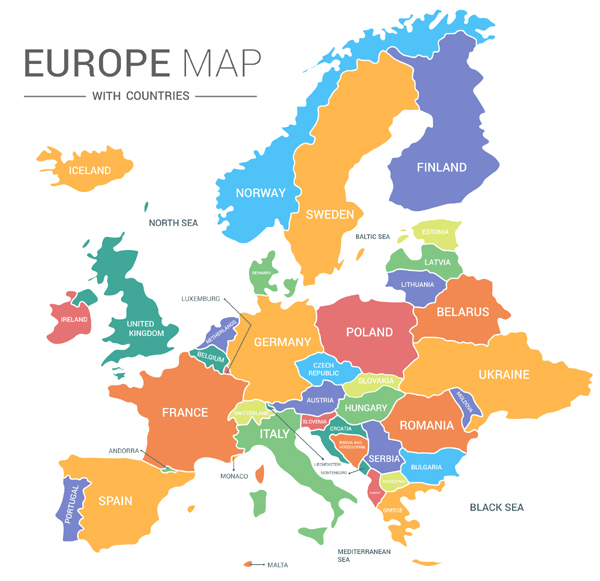In January 1999 the dream of a single European currency became reality with the launch of the controversial Euro. At first the Euro was used as virtual currency by many businesses and institutions within Europe. Later came the need to prepare the physical element of the scheme such as creating notes and coins. Forex Traders took this new currency and added it to the existing framework of Forex Trading. Whilst some investors look at trading in currency markets too much like gambling, they often prefer to stay in stock markets.
This offered high returns in the first 1-3 years, most especially based around the Income generated in the Holiday seasons for Countries such as Spain and Portugal, allowing for a simplistic Buy in the Winter and Sell in the Summer system. Of course this didn’t last for ever, as most EC based countries also started buying more in set periods of the year, to offset this balance, Imports increased.
Like all types of Currency trading, it is wise to take up trading courses as well as trading software packages to help with the development of ones portfolio. Our team used Training Traders, a UK based Stock Market Trading company that offer an array of Training resources, most importantly courses for Forex Trading. The latest News regarding the Euro currency can be researched in more detail here.
This process continued for three years and then in January 2002 then Euro was officially launched as the sole currency of all twelve European countries who had signed up to the venture. Many of the countries who had been offered the chance to be part of the single currency which included the United Kingdom were skeptical abut joining the scheme as they did not see the value of it and were concerned about the effect that being part of it would have on their own economy. After much deliberation and research many countries caved in and joined the single currency but the United Kingdom was not one of them with the exception of southern Ireland.
In reality the euro scheme was not just thrown together in 1999 but had actually been researched and planned many years previous to this and the creation of the coins and notes had in fact started in 1992. There were many years of design variations and arguments which included the name of the single currency which was first named the ECU which stood for the European Currency Unit. This name was abolished during the first couple of years and the name of the currency was set as the Euro. The design of the new coins and notes was note completed until 1996 some four years after the process had started. With the preparation of the single currency in full flow by this time another issue that needed to be addressed was to decide on what the denominations of the coins and notes would be.
After years of planning and numerous knock backs there was three main themes that the euro notes and coins would have laid upon them. The first of these was ages and styles of Europe which would show on one side of the notes portraits from famous artists along with famous sketches and other artwork. The second theme which would be displayed on the reverse side of the notes would be catered towards the heritage of Europe. This side would showcase famous architectural designs from famous landmarks across Europe as well as scenes from science, medicine and education. The freedom of movement that joining Europe created has changed the world as we know it. More and more diverse cultures are now spread all over Europe, making it a, cosmopolitan styled group of countries. There are social and economic issues for all of the European countries, with Education locations being more accessible as well as Jobs and the Welfare state. For students looking to learn in the UK, they will require a Visa – Here is a handy resource for Student Visa Applicants. In addition the UK Government Website is another great resource.

After deliberation there were seven denominations of notes set and they were as follows; 5, 10, 20, 50, 100, 200 and 500. The same sequence was applied to the coin structure with the coins being issued in denominations of 1c, 2c, 5c, 10c, 20c, 50c, 1euro and 2euro. The design for the various coins and notes had begun as early back as 1994 where the Banknote Working Group were asked to create various designs for each of the denominations of currency. The group was asked to create themes for the notes and coins that would air a feeling of unity and togetherness due to the mixed feelings about the single currency expressed by various countries. Part of the design was to incorporate the starred flag symbol of the EU as this was seen as a way of other countries recognizing the new currency as it was set to be traded all over the globe. ( The Official Website for the European Union)
The final theme was based on modern design which would incorporate geometric shapes and holograms which could be use as an authenticity mechanism to ensure the currency was real. All in all there were many years of planning and deliberation attributed to the production and design of the euro but implementing one currency to replace so many others was still an uphill struggle for all involved.
We have added an Audio File of this interesting resource, for those with Visual impairments.
